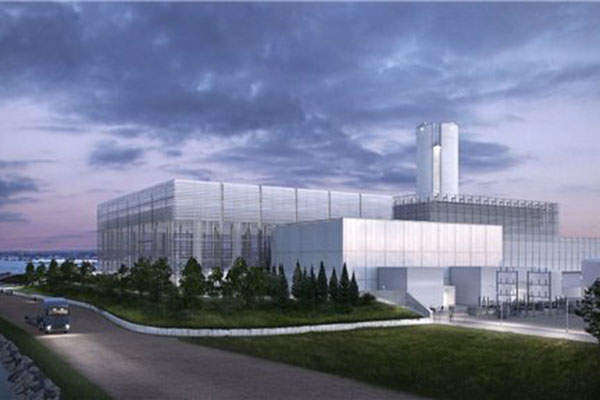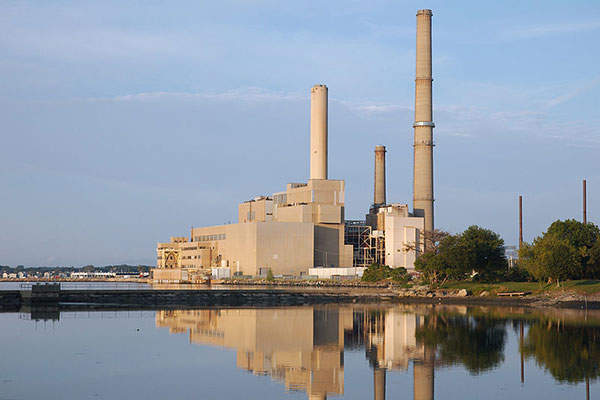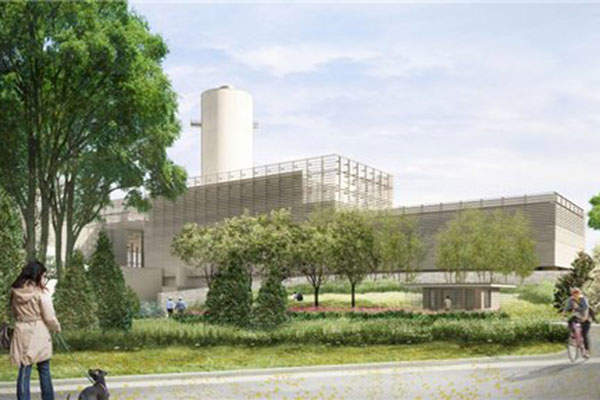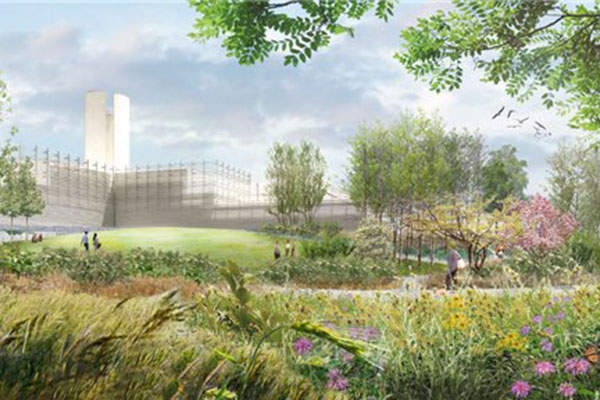The Salem Harbour Station located 30km from Boston, Massachusetts, is being converted into a combined cycle power plant. The new, natural gas-fired plant will have an installed capacity of 674MW.
It will consist of two units that will replace the four existing coal- and oil-fired units of the plant. The project is being undertaken by New Jersey-based firm Footprint Power, which specialises in transforming older and less efficient coal- and oil-fired facilities into more efficient power plants.
Construction of the power plant is scheduled to begin in the first half of 2015. Commissioning activities are expected to be underway by late 2016 and first steam production is scheduled for March 2017. Commercial operation is expected to begin in June 2017. An average of 320 construction jobs and a maximum of 600 jobs will be created during the construction phase.
The Salem Harbour CCGT plant is expected to provide electricity to more than 600,000 homes and fill the power gap in the Northeastern Massachusetts (NEMA) and Boston region. It will offset approximately 450,000t of CO₂ emissions a year, on average.
Salem Harbour Station history and redevelopment
The Grand River Energy Center (GREC), owned by Oklahoma’s state-owned electric utility Grand River Dam Authority (GRDA) and KAMO Power, is located in Chouteau, Oklahoma, US.
The first unit of the Salem Harbour Station was commissioned in November 1951. Two more coal-fired units were added to the plant in the 1950s. An oil-fired unit four was commissioned in 1972 owing to the region’s growing demand for electricity, bringing the total capacity of the power station to 745MW.
Footprint Power purchased the coal- and oil-fired power generation facility in August 2012 from Dominion, which was unable to keep up with the stringent pollution rules and high cost of operations.
Footprint Power cleared the ISO-NE Forward Capacity Auction to supply its electricity in February 2013 and the Energy Facilities Siting Board (EFSB) approved the company’s petition to construct the new power plant in October 2013.
The 65-year-old Salem Harbour Station was decommissioned on 31 May 2014. Demolition of the existing four units, which will be replaced by two new, state-of-the-art combined cycle units, began in July 2014.
Site details of the new CCGT plant
The new combined cycle power plant will occupy 20 acres in the north-western portion of the existing 65-acre waterfront site. The remaining open areas will be developed to include a harbour walk, larger wharf and expanded facilities for ferries, fishing vessels and cruise ships.
New Salem Harbour CCGT plant make-up
The quick-start plant will utilise General Electric (GE) FlexEfficiency 60 technology, which offers greater baseload efficiency.
The units five and six will each contain a GE 7F 5-series gas turbine with ‘Rapid Response’ capability, steam turbine and heat recovery steam generator with selective catalytic reduction (SCR) and carbon monoxide (CO) catalyst. They will be capable of adding 300MW of power to the grid within ten minutes of start-up and convert 58% of the energy in gas into electrical power.
The units will be equipped with advanced emissions controls and noise reduction technology. They will turn down during off-peak hours, thus conserving fuel and reducing emissions output associated with a plant start-up.
The new plant is estimated to reduce the regional NOx emissions by 10%, SO₂ emissions by 8% and mercury emissions by 6%. The plant will utilise air-cooled condensers and avoid the use of large quantities of water from Salem Harbour for once-through cooling.
The facility will also include a water treatment facility, step-up transformers, two to three water tanks and a 34,000gal above-ground ammonia storage tank used for the pollution control processes.
Gas supply to the Salem Harbour CCGT plant
Natural gas will be delivered from the Algonquin Gas Transmission pipeline system to the Salem Harbour facility through a new 1.2 miles long, 16in diameter pipeline owned and operated by Spectra Energy. Footprint will build a piping system to interconnect with the new pipeline and the on-site meter station for supplying the natural gas fuel to the gas turbines.
Transmission of electricity
Electricity generated from the plant will be fed to the national grid system at the existing substation located on-site.
Footprint Power will construct a new switchyard facility and connect each of the four generator step-up transformers to it through 115kV underground cable connections. Two 700ft-long underground 115kV transmission lines will connect the new switchyard and the national grid substation.
Contractors involved
Iberdrola Engineering was awarded a construction contract by Footprint Power in December 2014. The scope of work includes all engineering, procurement, construction, commissioning and site works for the new facility. Iberdrola is also responsible for landscaping the open spaces upon completion of the construction.
Footprint Power signed a $200m contract with GE on 31 October 2013 for supplying the FlexEfficiency 60 technology. Cookfox Architects designed the environment-friendly building of the power plant. Spectra Energy is responsible for the construction of an on-site metering and regulator station at the facility.
TetraTech is providing environmental consulting and permitting services for the demolition and redevelopment of the power station. It conducted environmental investigations at the site and is assisting with the site and civil design, including site utilities plans, grading and drainage plans, and erosion and sedimentation control plans.







